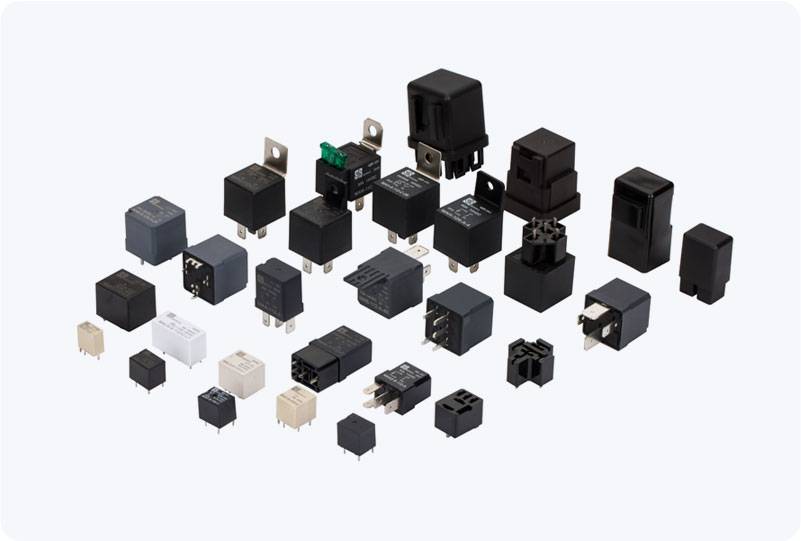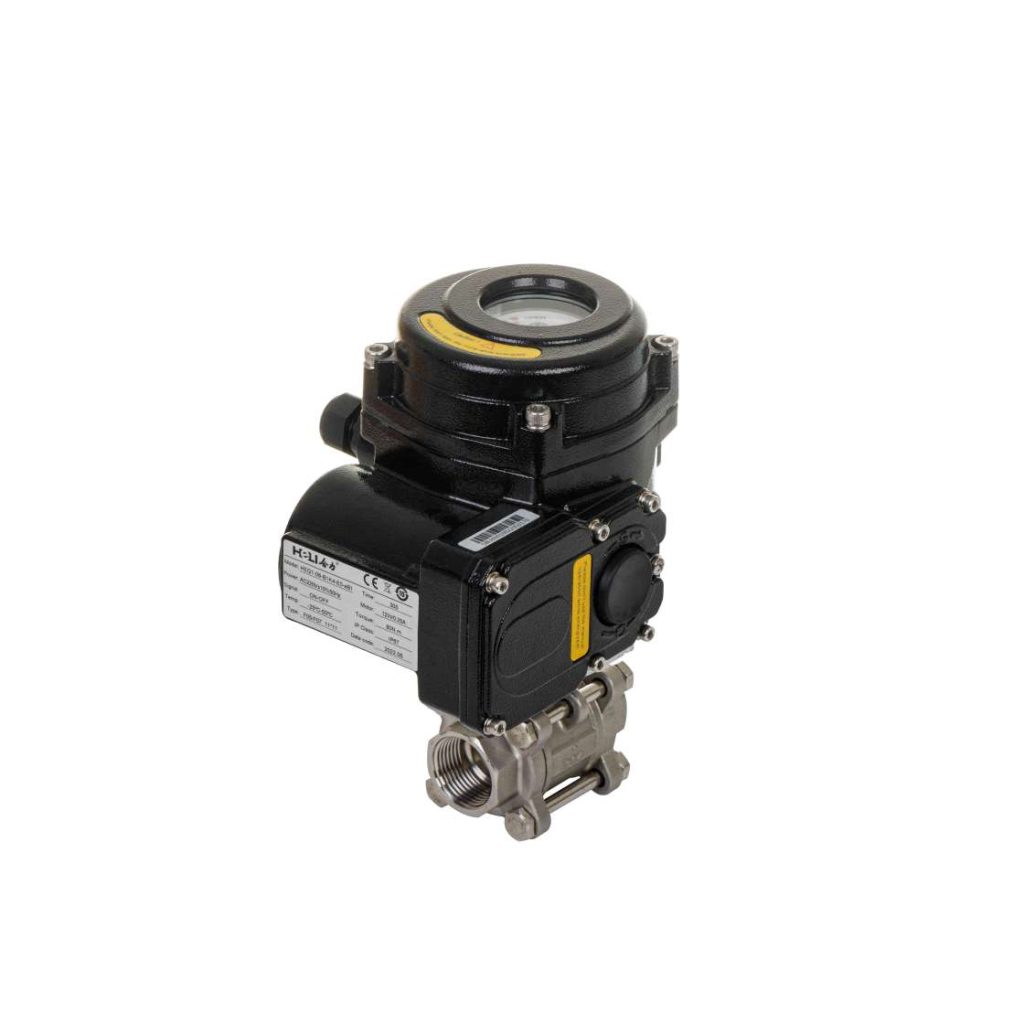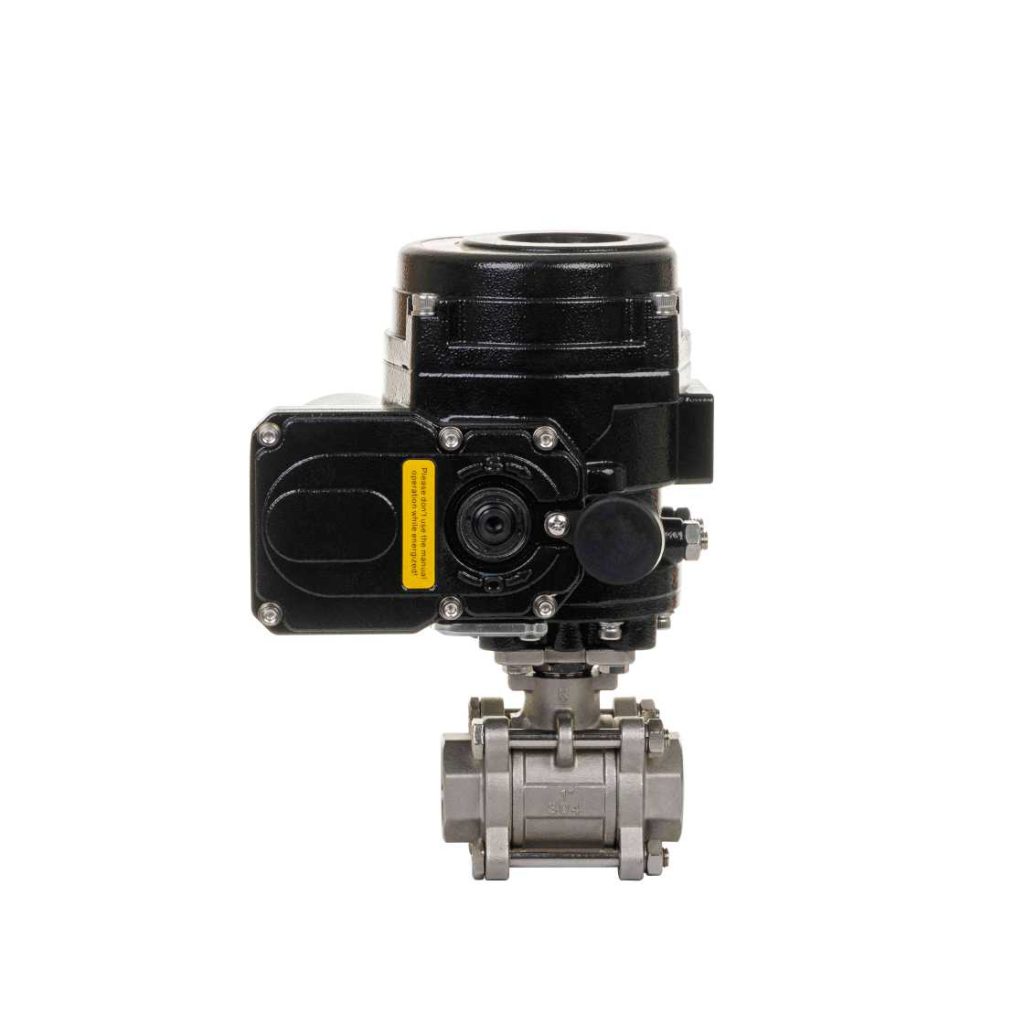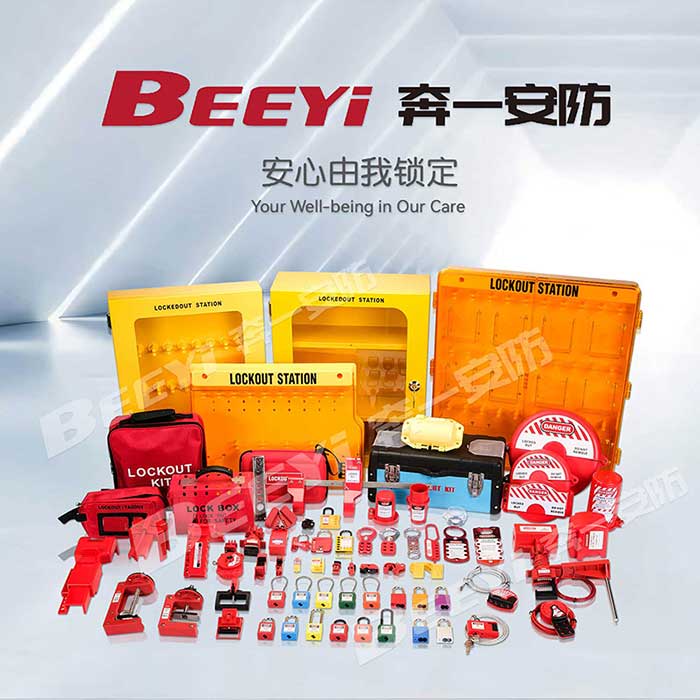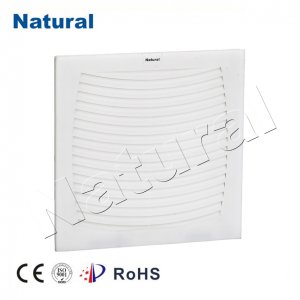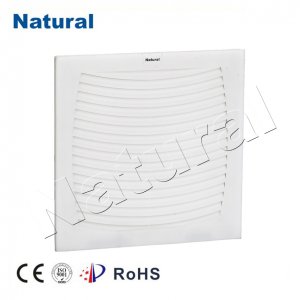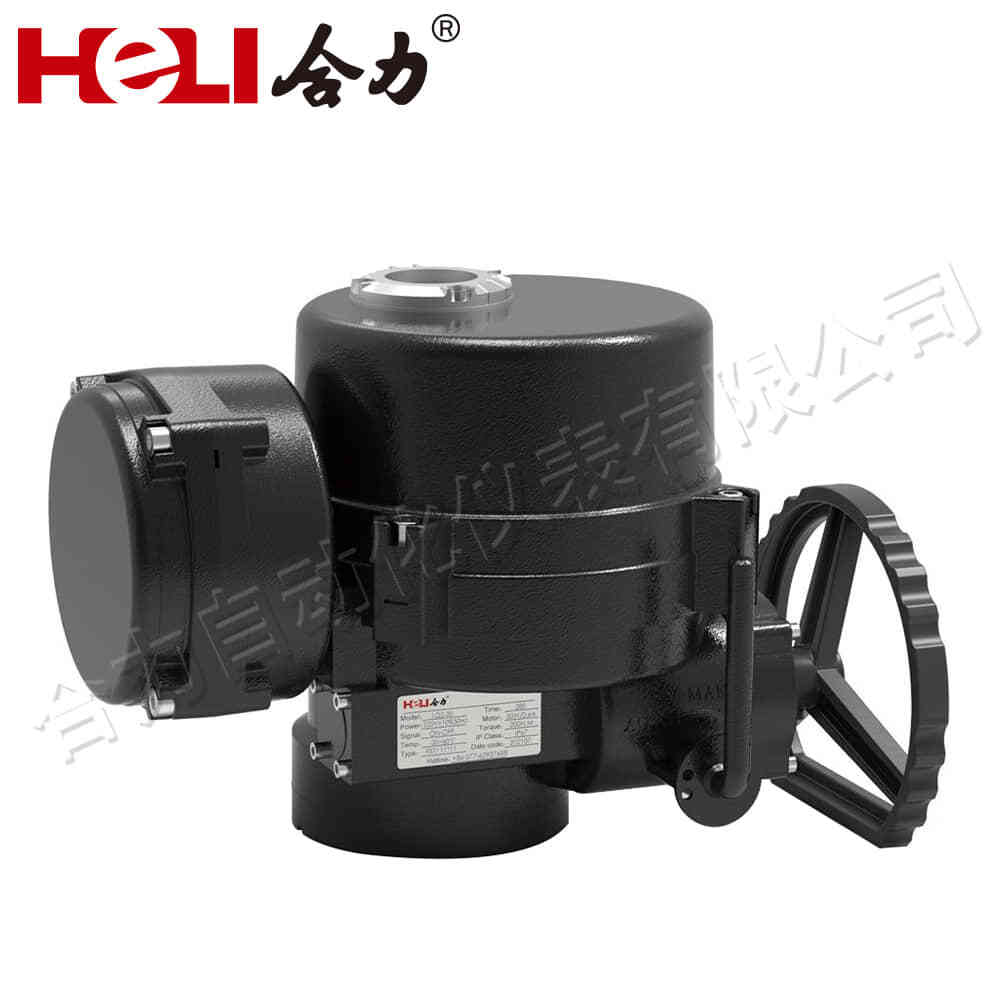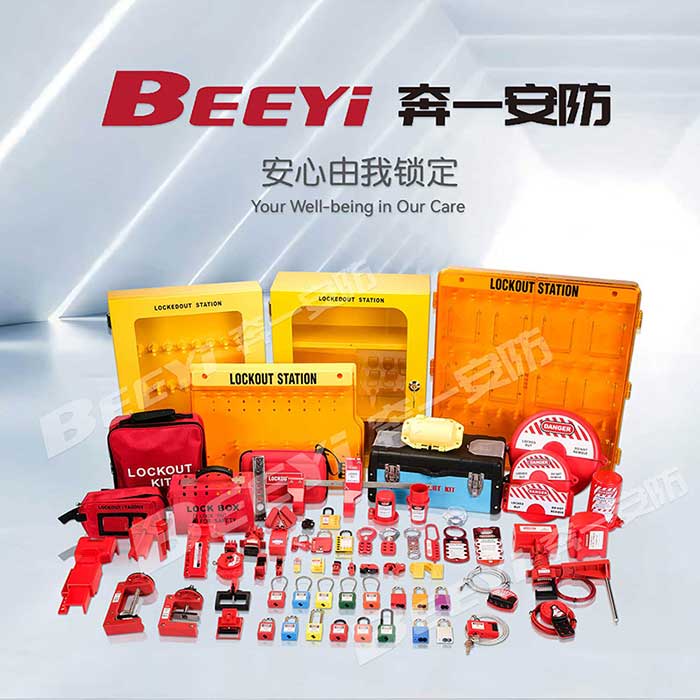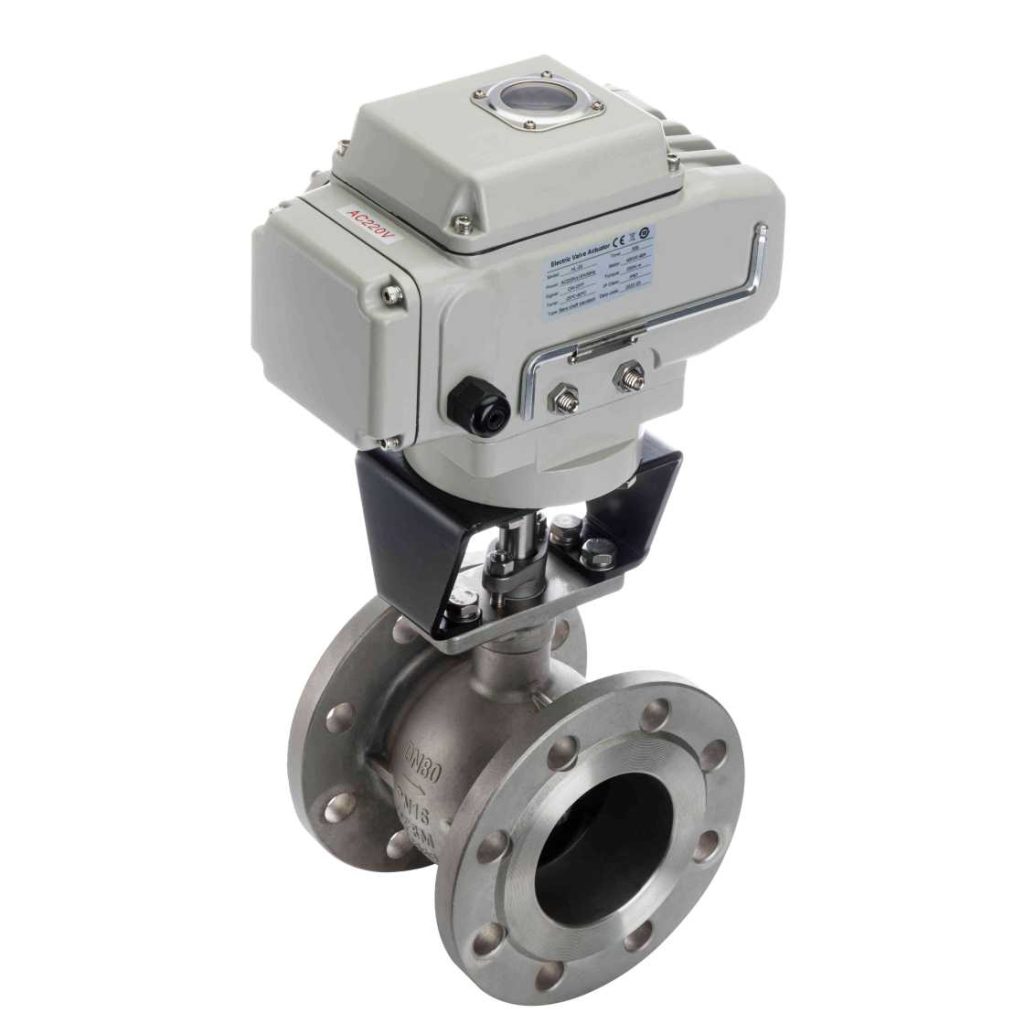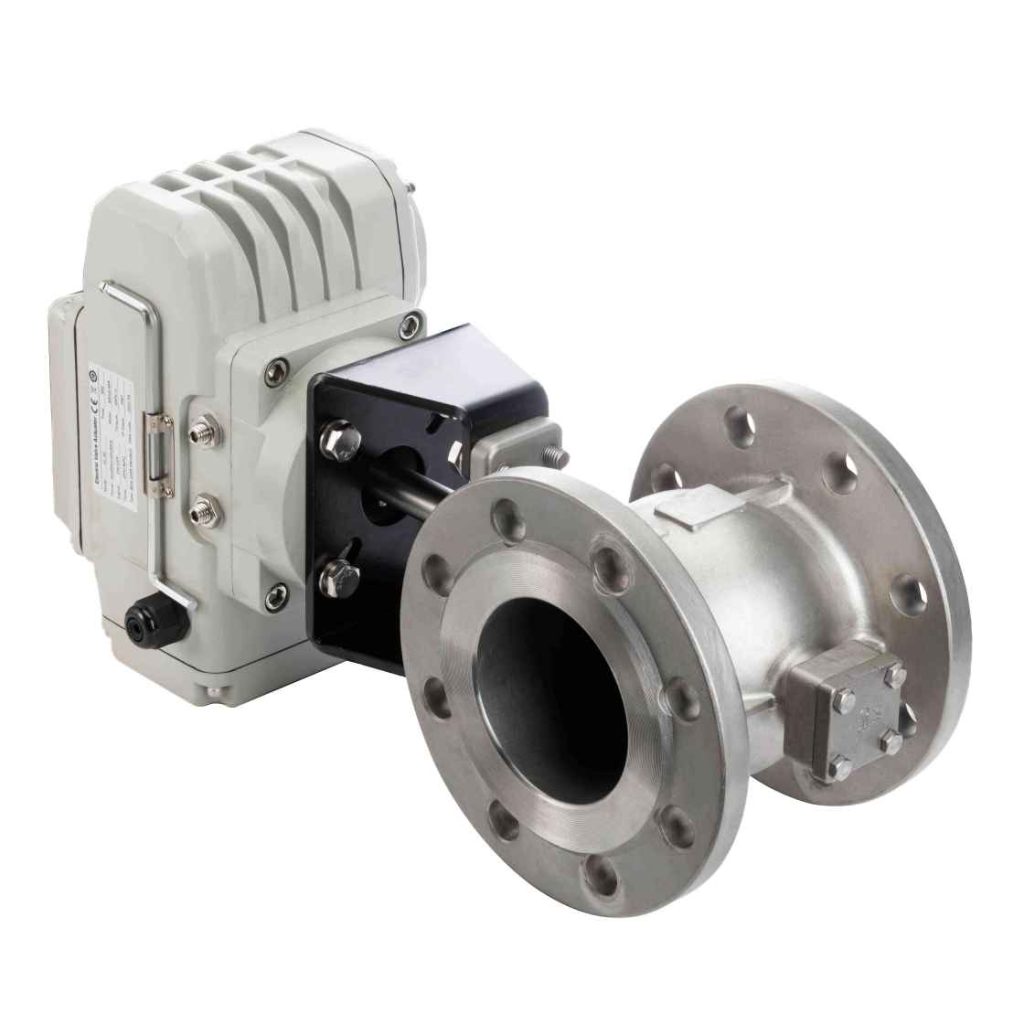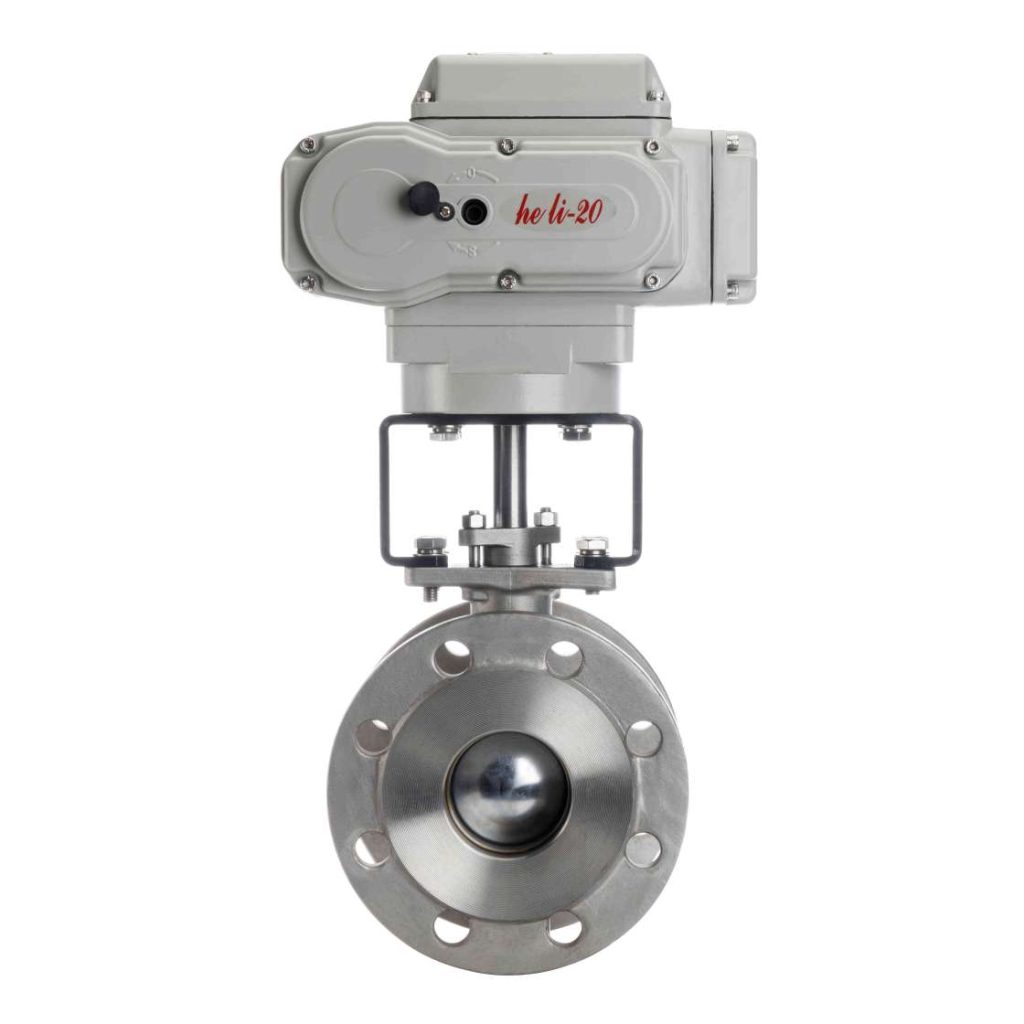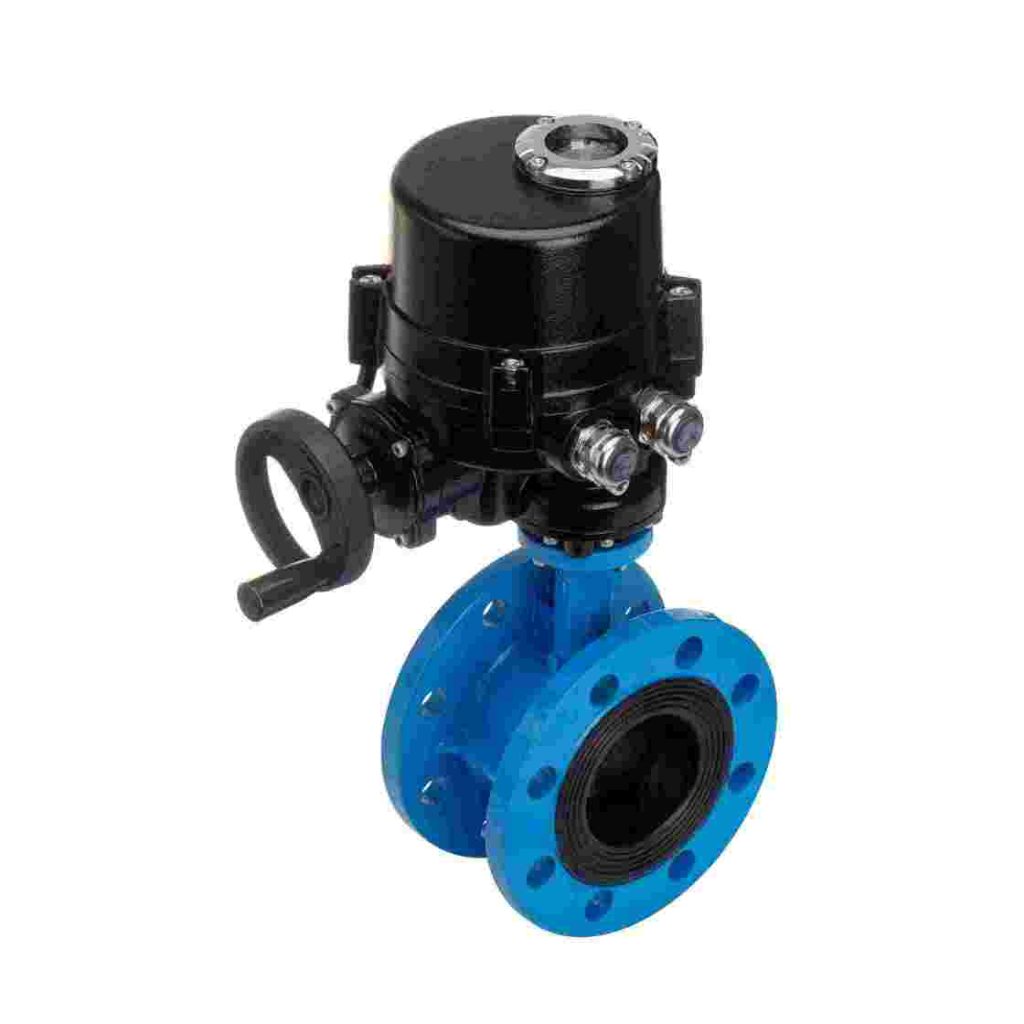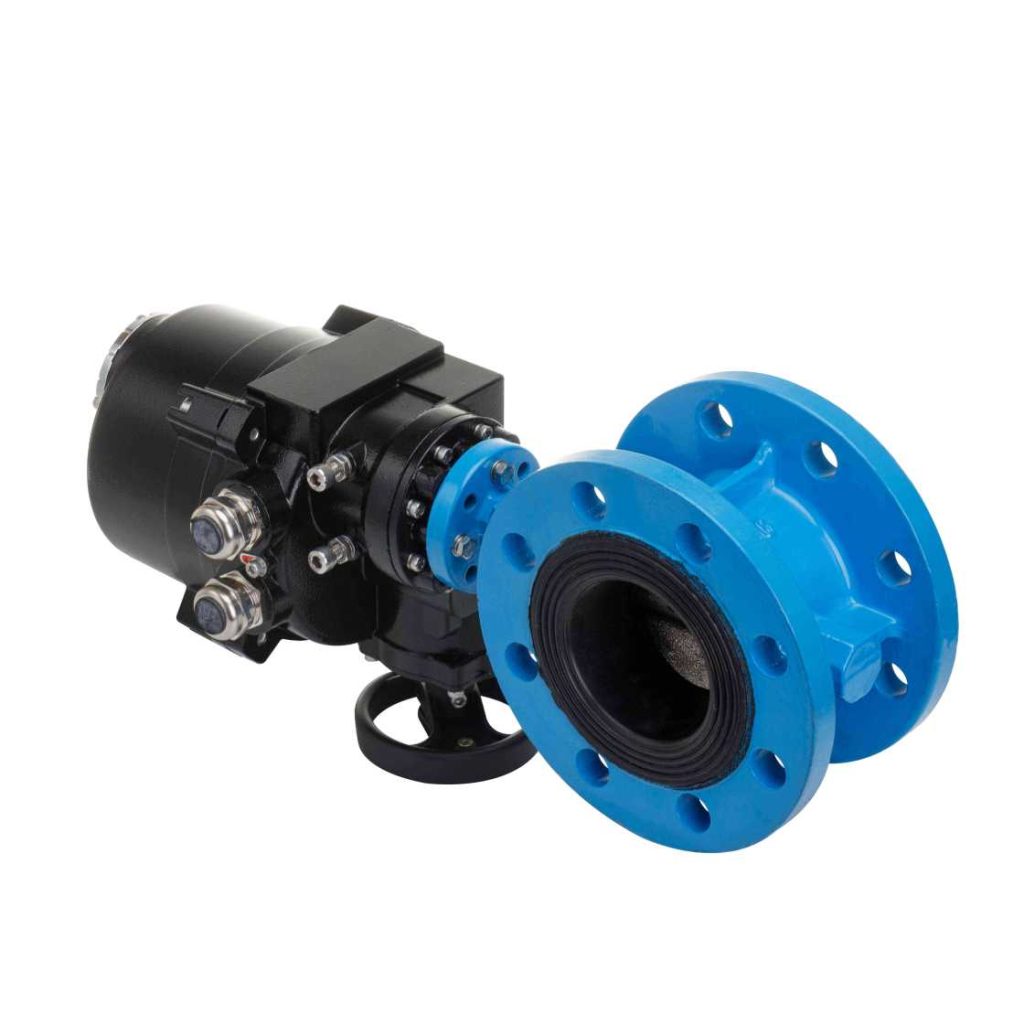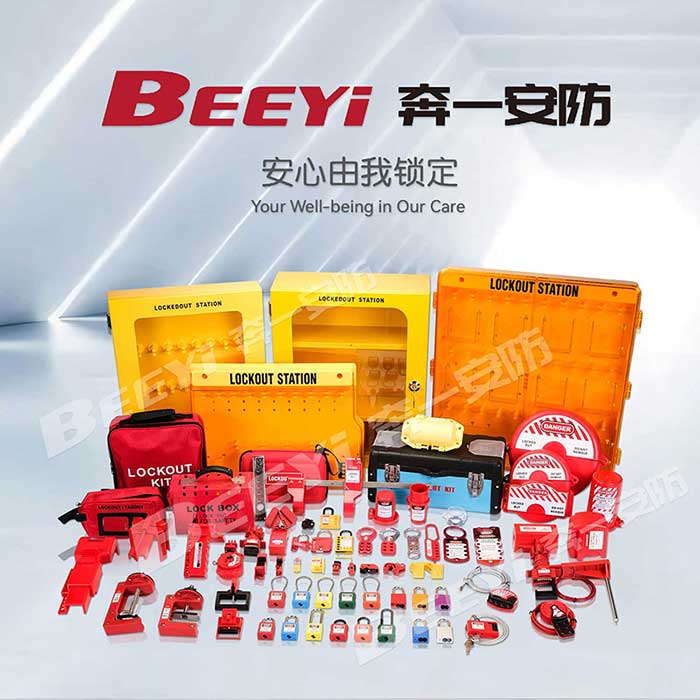Relay, a JavaScript framework developed by Facebook, is designed to simplify data fetching and state management in React applications. It primarily operates through GraphQL to optimize how data is requested, cached, and updated within an application. A key part of Relay’s design is its ability to handle different Relay types that facilitate efficient and declarative data management. In this article, we will explore the various Relay types, how they work, and how they can be used to improve the performance and scalability of React applications.

What Are Relay Types? Relay types refer to different data structures and mechanisms used within the Relay framework to interact with GraphQL APIs. These types include Fragments, Queries, Mutations, Subscriptions, Variables, Connections, and Edges. Each type plays a distinct role in managing how data flows through the application and interacts with the server. 1. Fragments: Declaring Data Needs One of the central concepts in Relay is the use of Fragments. A fragment is a reusable piece of a GraphQL query that defines the data fields a component requires. Components can include fragments to declare what data they need, and Relay will automatically combine these fragments into a full query to fetch the necessary data from the server.
